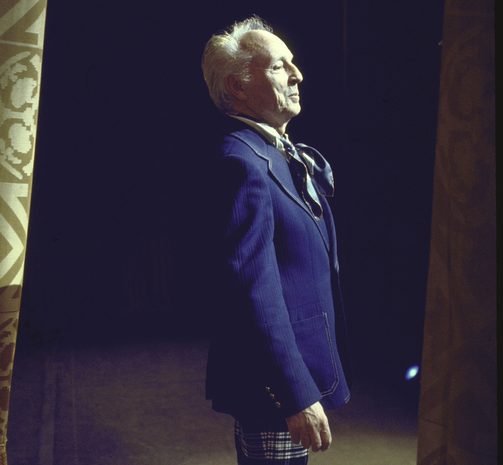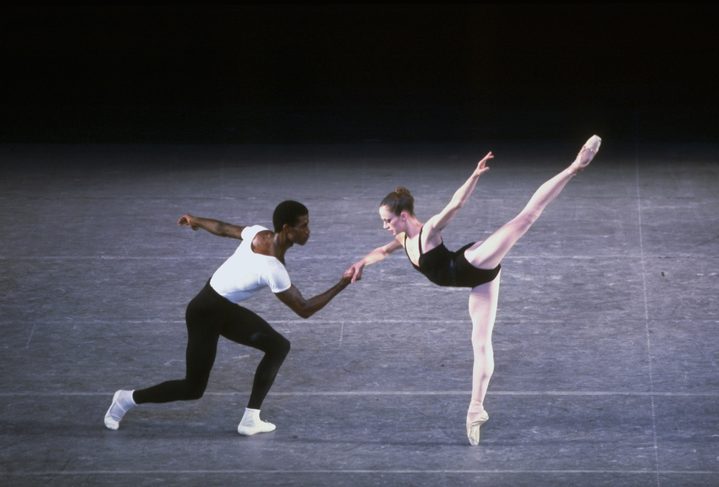64. The Triumph of Neptune 1926
(Also called Le Triomphe de Neptune)
English Pantomime in Twelve Tableaux
- Music
Lord Berners (1926, commissioned by Serge Diaghilev). Book by Sacheverell Sitwell
- Choreography
George Balanchine
- Production
Scenery and costumes after historical prints by George and Robert Cruikshank, Tofts, Honigold, and Webb, collected by B. Pollock and H.J. Webb. Costumes designed by Pedro Pruna; scenery and costumes adapted and executed by Prince A. Schervashidze
- Premiere
December 3, 1926, Diaghilev’s Ballets Russes, Lyceum Theatre, London. Conductor: Henri Defosse
- Cast
The Fairy Queen, Alexandra Danilova; Tom Tug, a Sailor, Serge Lifar; W. Brown, a Journalist, Michael Fedorov; Goddess [Britannia], Lydia Sokolova; Emerald Fairy; Ruby Fairy; Fairies, 16 women; Sylphs, Lubov Tchernicheva, Vera Petrova; Street Dancer, Tatiana Chamié; The Sailor’s Wife; The Sailor’s Mother; Snowball, a Blackman, George Balanchine; Harlequins, 6 men; Pages, 9 men; Dandy, Constantin Tcherkas; 2 Journalists; 2 Policemen; Cab Driver; 2 Telescope Keepers; Waiter; Beggar; 2 Street Hawkers; 3 Workmen; 2 News Vendors; 3 Newspaper Boys; Officer; Chimney Sweep; King of the Ogres, Michel Pavloff; 10 Ogres; 2 Clowns; 3 Neptune Attendants; Voice, Enrico Garcia.
Act I: CURTAIN [dance]. SCENE 1: London Bridge. SCENE 2: Cloudland. SCENE 3: Farewell. SCENE 4: Shipwreck. SCENE 5: Fleet Street. SCENE 6: The Frozen Wood.
Act II: CURTAIN [dance]. SCENE 7: The Giant Hand. SCENE 8: The Evil Grotto. SCENE 9: The Ogres’ Castle. SCENE 10: Sunday Morning in London. SCENE 11: The Triumph of Neptune. SCENE 12: Apotheosis.
Performance Type
Ballet
Note
Based on English pantomimes of the 1850s, the ballet follows the voyage to fairyland of a sailor and a journalist, and events back in London, where they are observed through a magic telescope. In the Apotheosis the sailor, deserted by his London wife, weds Neptune’s daughter. Balanchine sometimes danced the roles of the tipsy Snowball, the Beggar, and the leading Harlequin.
Additional Productions
Revisions
Revisions information in Macdonald, Diaghilev Observed, p. 348, additional information provided by Boris Kochno, David Vaughan




